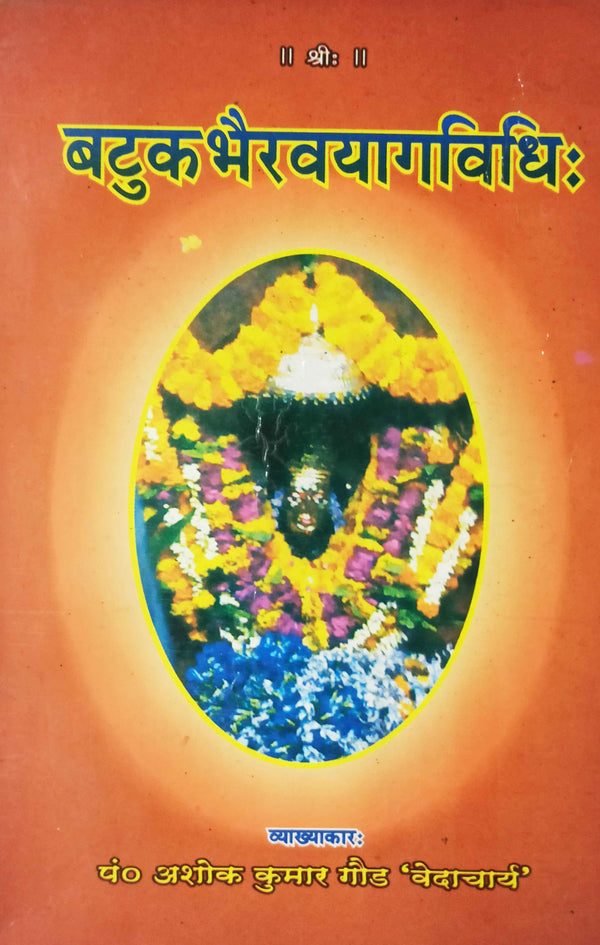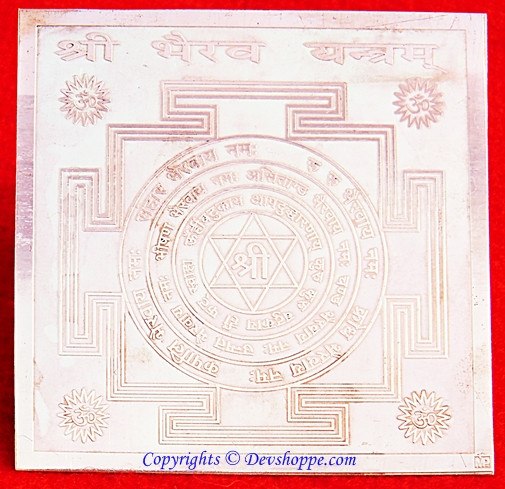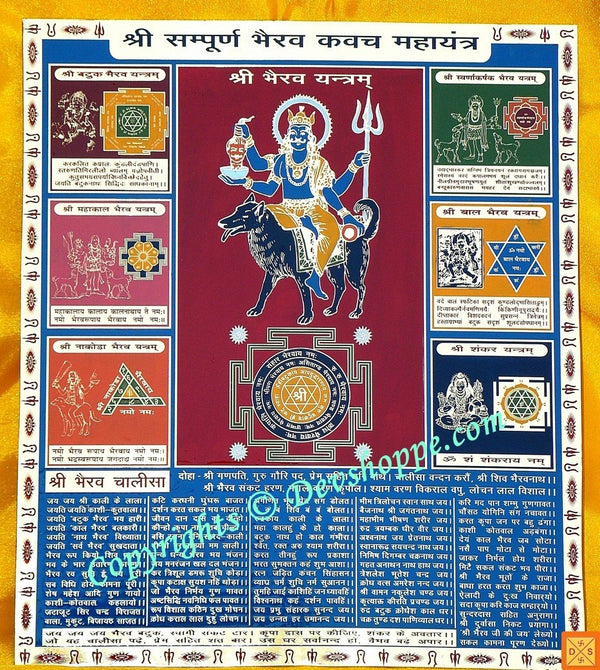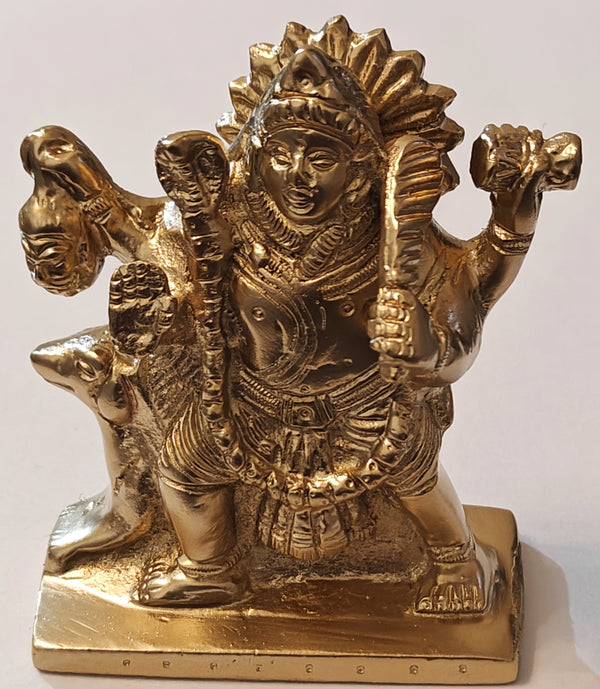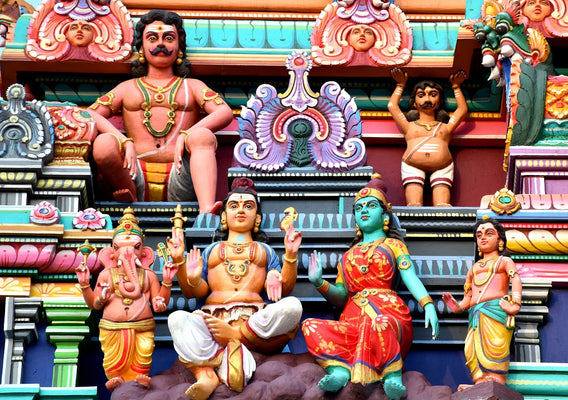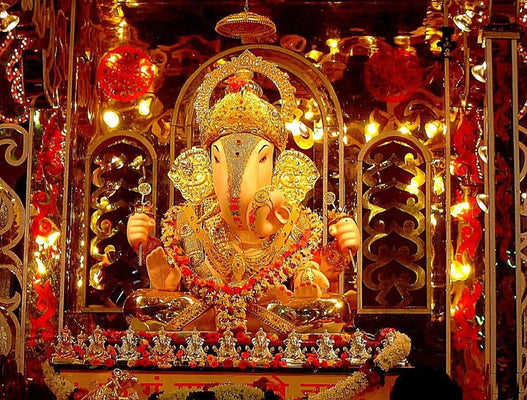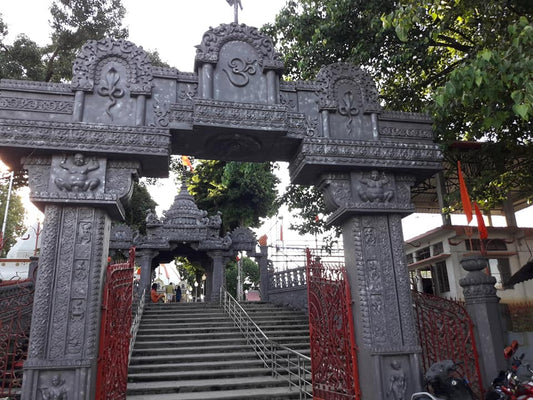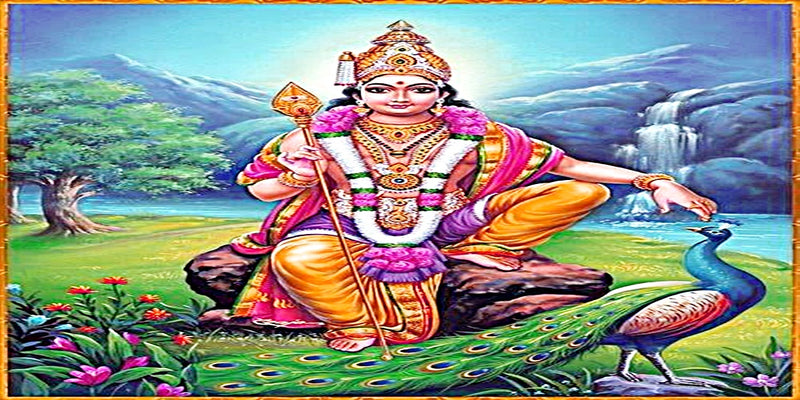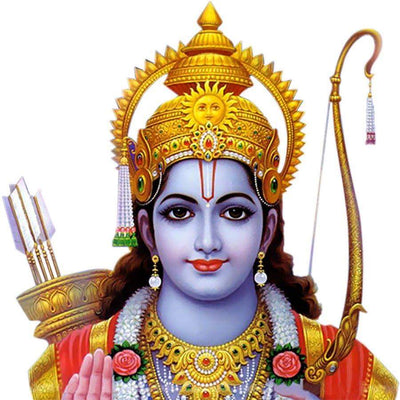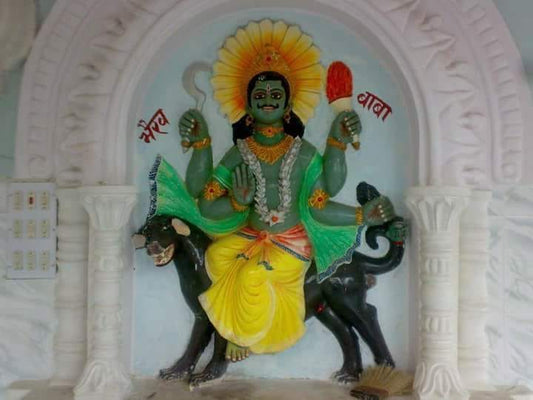Shri Kaal Bhairav Temple, Varanasi India
Kaal Bhairav Temple is situated in Varanasi. Varanasi is Picturesquely situated on the crescent shaped left bank of the holy Ganga, Varanasi, one of the ancient seats of learning in India, is said to be a compound of the names of two streams, the Varuna and the Assi, which still flow in the north and south of the city respectively. This name seems to have been corrupted, in medieval times to Banaras, which was in use till May 24, 1956 when it was changed to Varanasi, by an order of the Government of India. Varanasi is probably one of the most ancient living cities in India. From time immemorial it has been a great religious center for Hindus and one of their most sacred places of pilgrimage, being visited by millions of people every year.
Situated in Visheswarganj, Kaal Bhairav, is a temple dedicated to Lord Shiva. There are nine other Bhairav temples in the city. Kaal Bhairav, the "Black Terror," is widely known as the Kotwal, the "police chief," of Kashi, and the section of the city in which his temple stands is known as Kotwalpuri. Bhairav is considered a fearsome manifestation of Shiva. He wears a garland of skulls and carries a club of peacock feathers. Kaal Bhairav, whose name, Kaal means both Death and Fate, in addition to meaning Black. He is the black one who has also assumed the duties of the God of Death in Kashi. Even Death, it is said, is afraid of Kaal Bhairava.
Kaal Bhairav's temple today is one of the most interesting sites in Varanasi. Entering from the street , through a door guarded by Bhairava's mount, the dog, one finds a fine courtyard, in the center of which is the main shrine of Bhairava. Only the silver face of kaala bhairava, garlanded with flowers, is visible through the doorway of inner sanctum. The rest of Bhairava's image-said to be pot-bellied, seated upon a dog, holding a trident-is hidden behind a cloth drapery.
For many centuries, this temple was a spiritual center in Kashi for the most severe of Shiva ascetics, the "Kapalis" or "Skull-Bearers," and their later descendants, the Gorakhnathis. Today, however, the temple is no longer the exclusive domain of such extremist yogis and is, rather patronized by ordinary householders for his protective blessings. This temple is popular and beloved among those who live under its influence in the surrounding Kotwalpuri section of the city.
Places of Interest
Laat Bhairav Temple - Laat Bhairav, known to the Puranas as Kapali Bhairava, is of particular intrest. This image of Bhairava is a pillar, encased in copper and silver, eared with vermilion. Thus it has the name Laat, the staff of Bhairav. This pillar once stood in a Hindu temple complex, but in the time of Aurangzeb the temple was destroyed and the site became a tomb site. The pillar, however, was wisely left intact. Muslims continued to permit some access to the pillar and received part of the offerings in return. The pillar was once much taller than today. A French traveller Tavernier saw the Laat Bhairava in 1665, during the reign of Aurangzeb, and described it as being thirty two to thirty five feet high. In 1809, it was toppled during a spate of Hindu-Muslim rioting. The Laat was pulled down and its broken pieces hauled away. Only a stub remained, and it is that remainder, now capped in metal and covered on special accasions with a cloth sleeve, that is honored today. One hundred and ninety years after this violent communal disturbance, the Laat Bhairava area is still vulnerable to communal conflict, and a police guard is permanently stationed there to patrol the area of Bhairava's Laat.
Kashi Vishwanath Temple - For at least a thousand years, Vishvanath has been the preeminent Shiva Linga in Varanasi. Vishvanath is also called Vishveshvar. Both names mean "the lord of all". Despite its fame, today's Vishvanath Temple has none of the magnificence, architectural splendor or antiquity of India's great classical temples in Orissa or South India. It was built as recently as the late eighteenth century under the patronage of Queen Ahalyabai Holkar of Indore.
Kedareshwar Temple - Kashi's Kedar is the anchoring temple of the southern sector of the city, called Kedar Khanda. It is one of the most popular and venerable temples of southern Kashi. Kedar is a river Temple, sitting at the top of an impressive ghat high above the water's edge. From the river, the temple is distinguished by its vertical red and yellow stripes. Kedar is the religious focal point of the southern part of the city. There is a quite and deep piety almost palpable here and it is uninterrupted by the noisy throngs of pilgrims who hurry from Dashashvamedha Ghat to Vishvanath and its surrounding Temples. The pilgrims from outside don't generally go there. They don't know about it and the guides don't take them there as the pujaris in the temple don't give any payment for bringing pilgrims. Kedar primarily remains a temple for the devoted residents of that area.
Sankata Devi Temple - Sankata Devi is known in Kashi as one of the most powerful temples in the entire city. Sankata Ji as she is called, is located high above the Sankata Ghat in the labyrinthine lanes of the city. Sankata Devi means "Goddess of Dangers", for she is the one who vanquishes dangers for her devotees. Sankata Devi was originally a Matrika, one of the mothers. In Puranic Stories she is called Vikat Matrika, the "Fierce Mother". Sankata Devi is a self-manifested goddess.
Durga Temple - One of the city's busiest temples is that of the Goddess Durga, which sits on the large rectangular tank called Durga Kund in the Southern sector of the city. The Puranas locate Durga Ji (as she is called here) at her present site, and she has kept this place for many centuries. She is said to protect Varanasi from the south, as one of the fierce goddess guardians (Chandikas) of the sacred zone. Durga temple is full of monkeys who make their home in the Shikhar (Top) and porticoes of the temple, peeping and snarling at visitors. According to some who serve this temple, the image of Durga was never established by human hands, but is a self-manifest image. It appeared here of its own accord.
Annaporna Bhavani Temple - The darshana of Annapoorna always accompanies the darshana of Shiva Vishvanath. Annapoorna is Kashi's queen. She is known in the Kashi Khanda as Bhavani, the female shakti of Bhava, "Being," one of the names of Shiva. Today, she is often called Annapoorna Bhavani. The name Annapoorna means "She of Plenteous Food." She is called the "Mother of the Three Worlds," and she promises to those who come to her what only a mother can give, naturally and freely food. The present compound of Annapoorna is located near Vishvanath on the opposite side of the lane. Standing in the court of the compound is the temple itself, a small sanctum with a large pillared porch. The image of Annapoorna within the sanctum is a new one, established and consecrated in January 1977 in a series of pratishtha rites conducted by the Shankaracharya of Shringeri.
Sankat Mochan Temple - Sankat Mochan temple, dedicated to the god Hanuman. The name Sankat Mochan means "Liberator from Troubles". The temple is at a walking distance from Durga temple.
Bharat Mata Temple - A unique temple dedicated to Mother India. It houses a relief map of India carved out of marble. Alamgir Mosque, popularly known as Beni Mahdav Ka Darera, was originally a Vishnu temple, now a mix of Hindu and Mughal styles of architecture.
Tulsi Manas Mandir - 7 km from railway station, constructed in 1964, is a temple devoted to Lord Rama. Believed to be situated where saint-poet Tulsi Das lived and wrote the epic Ram Charit Manas. An exquisite structure of white marble, it has the text of Ram Charit Manas engraved on its walls.
Jateshwar Temple - In Karnaghata, houses a black stone statue of Shiva and has tantric overtones. Local belief has it that a devotee must offer his prayers here before going to Vishwanath temple.
Maha Mritunjaya Temple - in Dara Nagar, is a temple devoted to the God of Death. Devotees are not allowed to touch the Shivalinga here.
Chhinmastica Temple - 16 km from the railway station city, believed to be a tantric centre. Houses a headless statue of the deity Jagadamba.
Nepali Temple - Situated on Lalita Ghat, was constructed by the late kind of Nepal. Made of wood brought from Nepal, the walls have exquisite carvings. Also known as a "mini Khajuraho".
Benares Hindu University - Situated 10 km from the railways station is probably the largest residential university in Asia covering an area of approximately 2000 acres, gifted by the former maharaja of Varanasi who was a scholar of Sanskrit and Hindu philosophy. Being a centre of Sanskrit, Indian Art, culture and music, it attracts students both from Indian and abroad.
Getting there and Around
By Air - Varanasi is well connected to all metro cities of India.
By Rail - Varanasi is connected by train to Mumbai, Allahabad, Patna, Jaipur, Gorakhpur and Khajuraho.
By Road - Varanasi has well connected road network to major cities of India.
Accommodation
There is a wide variety of hotel accommodation available in the city. The hotels at the top end, which are mostly in the cantonment area of the city, include Hotel de Paris and Hotel Varanasi Ashok . Hotel Clarks Varanasi is the oldest hotel here, dating back to the British era. Hotel Taj Ganges is also a good option.




